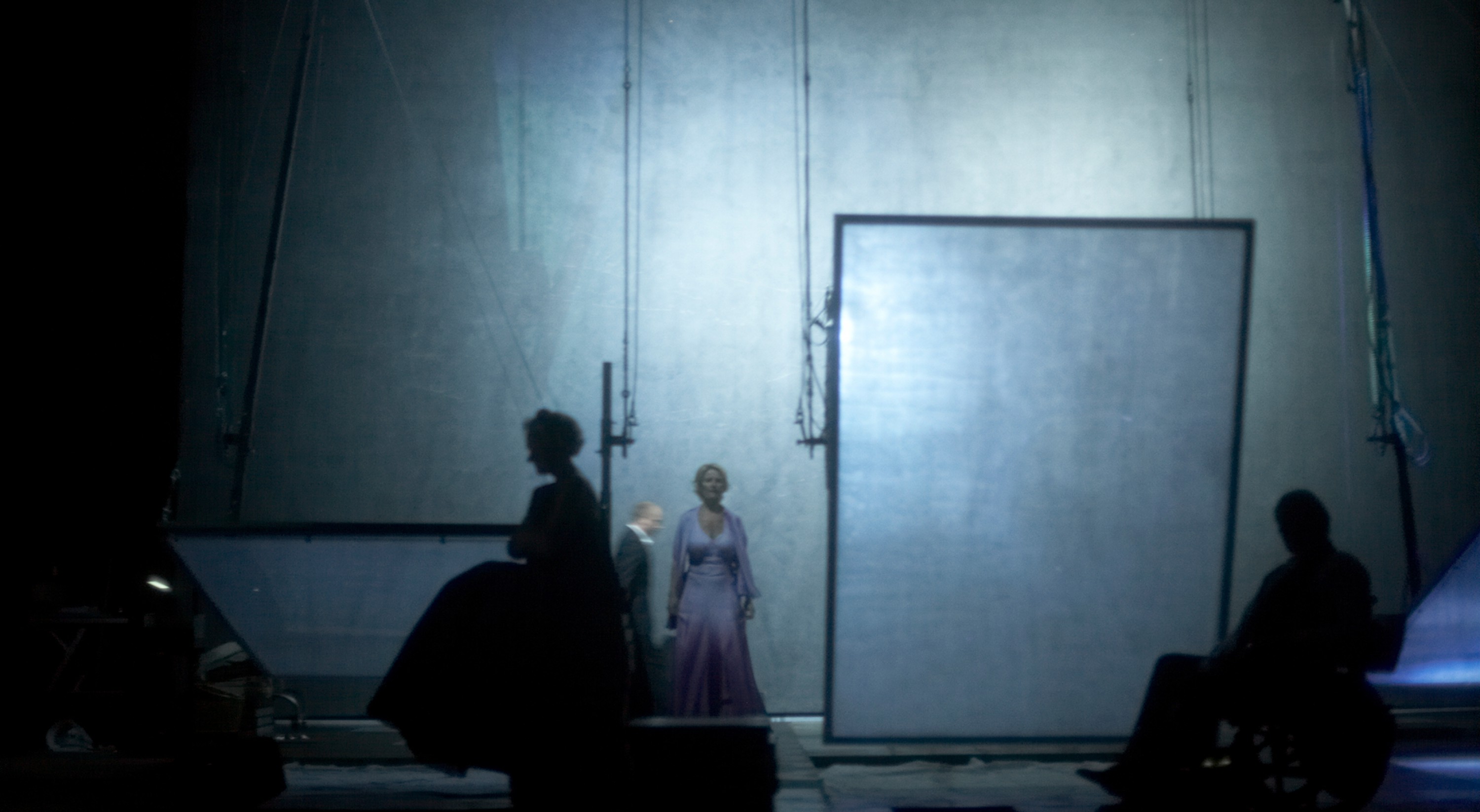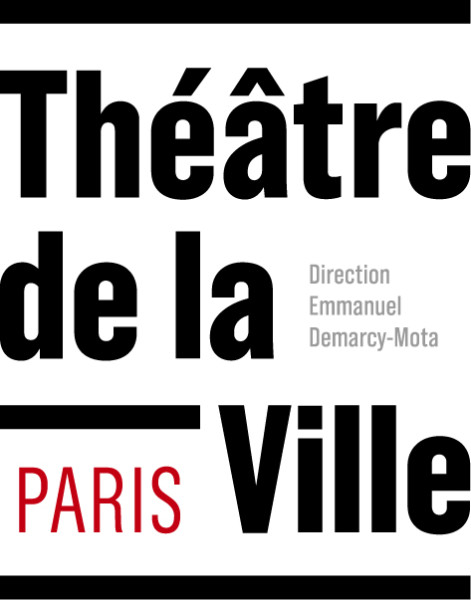Guy Cassiers
Guy Cassiers
Wolfskers
septembersept 30 - october – oct 30
Wolfskers
by Jeroen Olyslaegers, Guy Cassiers
and Erwin Jans adapted from Yuri Arabov
Director, Guy Cassiers
Text, Jeroen Olyslaegers, Guy Cassiers
and Erwin Jans adapted from Yuri Arabov
Text advisor, Tom Lanoye
Music, Dominique Pauwels
Dramaturgy, Erwin Jans
Aesthetic concept and scenography, Enrico Bagnoli, Diederik De Cook, Arjen Klerkx
Creation of video screens, Peter Missoten / de Filmfabriek
Video, Lef Spincemaille
Costumes, Tim Van Steenbergen
With Gilda de Bal, Vic de Wachter, Suzanne Grotenhuis, Johan Leysen, Marc Van Eeghem
Jos Verbist, Michaël Vergauwen
Produced byToneelhuis. Coproduction Lod
Co-realized by the Théâtre de la Ville-Paris, Festival d’Automne à Paris
A work presented during the European Cultural Season in France (1st of July-31st of December)
One of the main figures of the Flemish scene, Guy Cassiers is used to mixing drama, media and technology. In his Triptyque du pouvoir (A Triptych on Power), he explores the ins and outs of political power, echoing the situation of today’s Flanders.
The second part of the triptych, Wolfskers – the Dutch name for the Atropa Belladona, a deadly plant – is structured around three scenarios by Russian filmmaker Alexander Sukarov. It evokes the lives of Lenin, Hitler and Hirohito and delves into the depths of their psyche.
In the same place

